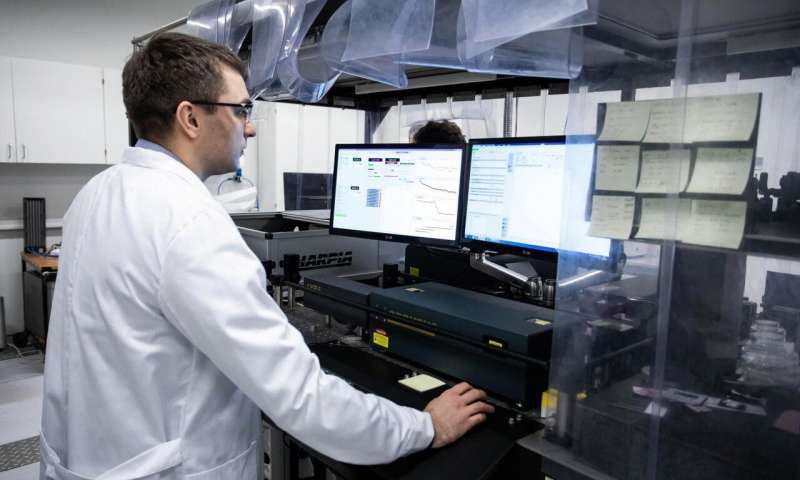A team of researchers from the Institute of Materials
Science at Kaunas University of Technology (KTU), Lithuania
together with colleagues from Japan and Latvia came up with a
method that forces over 300 million metal nanoparticles to
self-assemble into regular structures, which enhance their
interaction with light by orders of magnitude. This work might be
beneficial in developing ultra-small lasers that can contribute to
the diagnostics of many illnesses, including oncological
ones.




